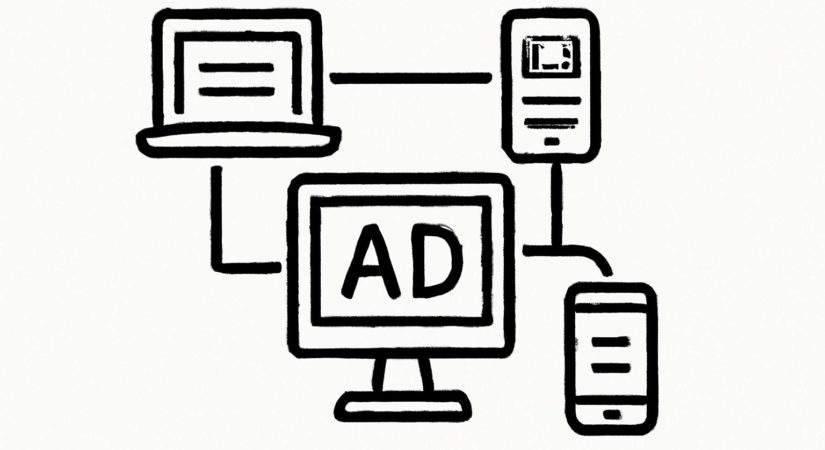Connected TV (CTV) advertising is entering a phase of heightened scrutiny, as buyers increasingly question what they are actually purchasing. Traditionally, demand-side platforms (DSPs) provided these answers, but now advertisers are pressing supply-side platforms (SSPs) for greater transparency.
Tyler Romasco, SVP of global publisher development at OpenX, notes rising demands for clarity regarding inventory provenance. This summer, OpenX made a notable move by signing a deal with a major holding company, providing two of its advertisers with direct access to its U.S. CTV inventory—without involving resellers. This cleaner supply chain approach aims to reduce confusion and improve accountability.
Resellers, who often act as intermediaries without owning content or apps, contribute significantly to CTV’s visibility challenges. While some resellers operate legitimately, others complicate the ecosystem by reselling inventory multiple times or presenting fake CTV impressions, thereby inflating scale on paper but confusing buyers in practice.
Data from Jounce Media shows that about 125 million U.S. streaming devices are available monthly through trusted direct sources such as app developers and content owners. However, tens of millions more devices appear via ad networks reselling inventory, which hampers traceability and introduces inefficiencies.
Jounce characterizes resold CTV inventory auctions as either wasting about 20% of marketers’ budgets or, in worse cases, wasting 100%. Marketers face unnecessary fees or completely fabricated inventory due to multiple layers of reselling.
Maikel O’Hanlon, SVP of programmatic at Horizon Media, explains that operating directly within SSPs and ad servers connected to CTV inventory enhances buyers’ visibility into the origin of ad impressions. This contrasts with relying on publishers or SSPs to curate deals, allowing advertisers to better understand the supply they purchase.
OpenX’s decision in 2023 to remove resellers from its marketplace is proving advantageous amid these trends. Romasco acknowledges initial revenue concerns but emphasizes the move as beneficial for market transparency.
The push for direct supply is driven by higher budgets, increased scrutiny, and clearer costs of unclear inventory. Leading brands from Coca-Cola to Mars now prioritize provenance and accountability over sheer scale in CTV buying.
Nick Halas, head of commercial solutions at Dentsu’s Amplifi Global, confirms that their agency avoids resellers and maintains full visibility into the supply chain by establishing direct legal relationships with publishers. This setup lets Dentsu curate and package inventory deals controllable through various tech stacks like The Trade Desk or Magnite’s ClearLine.
As a result, resellers face mounting challenges, particularly due to added costs or ‘taxes’ that reduce economic efficiency. According to Horizon Media’s O’Hanlon, the increasing investment in CTV is bringing much-needed accountability.
James Grant, SVP of advanced television at Equativ, notes a clear trend towards understanding CTV ad provenance in 2025, with a focus on direct supply and premium aggregated inventory via primary SSPs.
While not all resellers are problematic—some continue to offer valuable reach and demand—the market now requires justification for their involvement rather than accepting it as standard practice.
